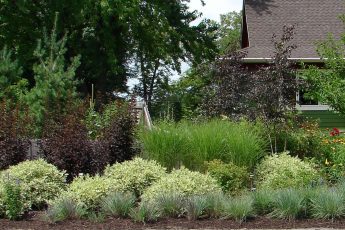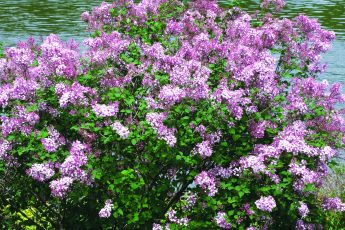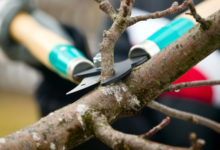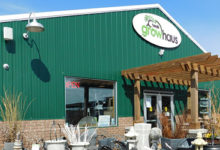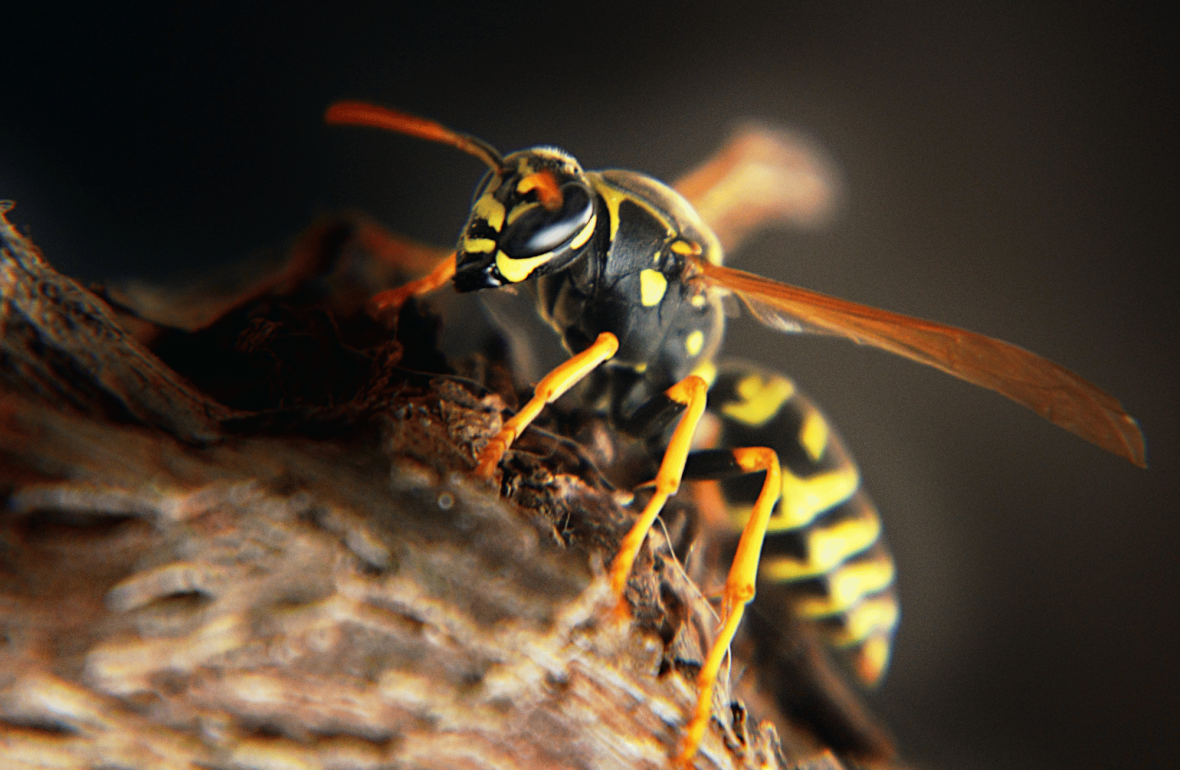
When many people hear the word wasp the fear of painful stings come to mind. Wasps in general have developed a bad rap among insects being nothing but mean and non-beneficial biters. However, there are many wasps in Minnesota that are non-aggressive and beneficial in our landscapes. So before grabbing a can of insecticide and screaming “What the Wasp!” when coming into contact with one of these insects, let’s understand which wasps are friends and which wasps are foes.
Friend or Foe?
It would be unfair to say all wasps are foes; even the meanest of the species provide some benefit such as pollination or insect population control. When co-existing in close proximity to humans and animals however, some wasps can indeed be considered more harmful than helpful. Anyone who’s ever been chased around their yard by an angry swarm of yellow jackets would surmise wasps make terrible “garden mates”. A good reference when deciding friend or foe is observing if the wasps are social or solitary. Social wasps tend to be more aggressive whereas solitary wasps tend to keep to themselves.
Friends
Wasps from the Sphecidae family and parasitoid wasps, although scary looking, are good garden mates. Parasitic wasps are very small and often go unnoticed. These types of wasps do not sting, help to control aphids and provide pollination. “Thread-waisted” wasps which are quite alien looking, often dwell on the ground, are docile and feed on a wide variety of garden insects. The Cicada Killer is a large wasp and a terrifying sight to see but in all reality is a gentle giant that feeds on cicadas. If you do see Cicada killers in your garden it is best to just let them be; males do not have stingers and the females will only sting when mishandled.
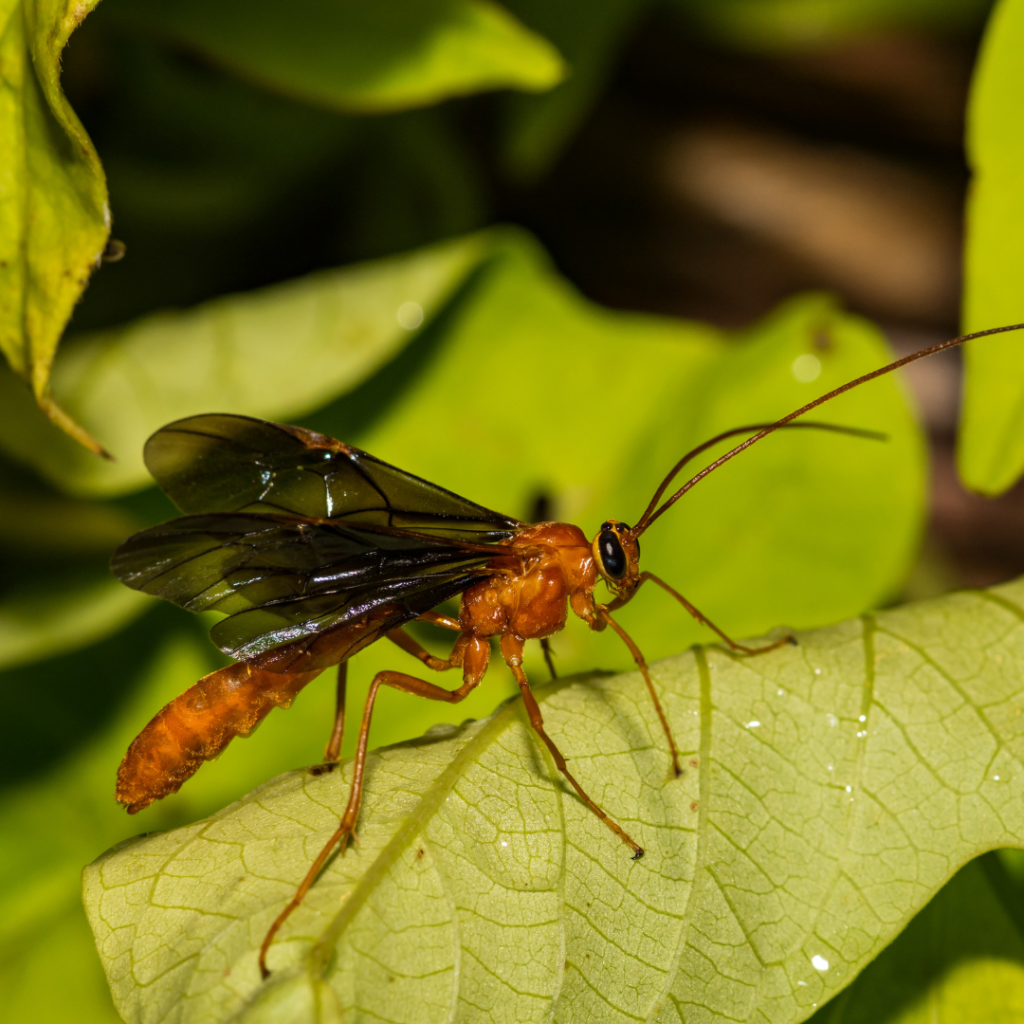
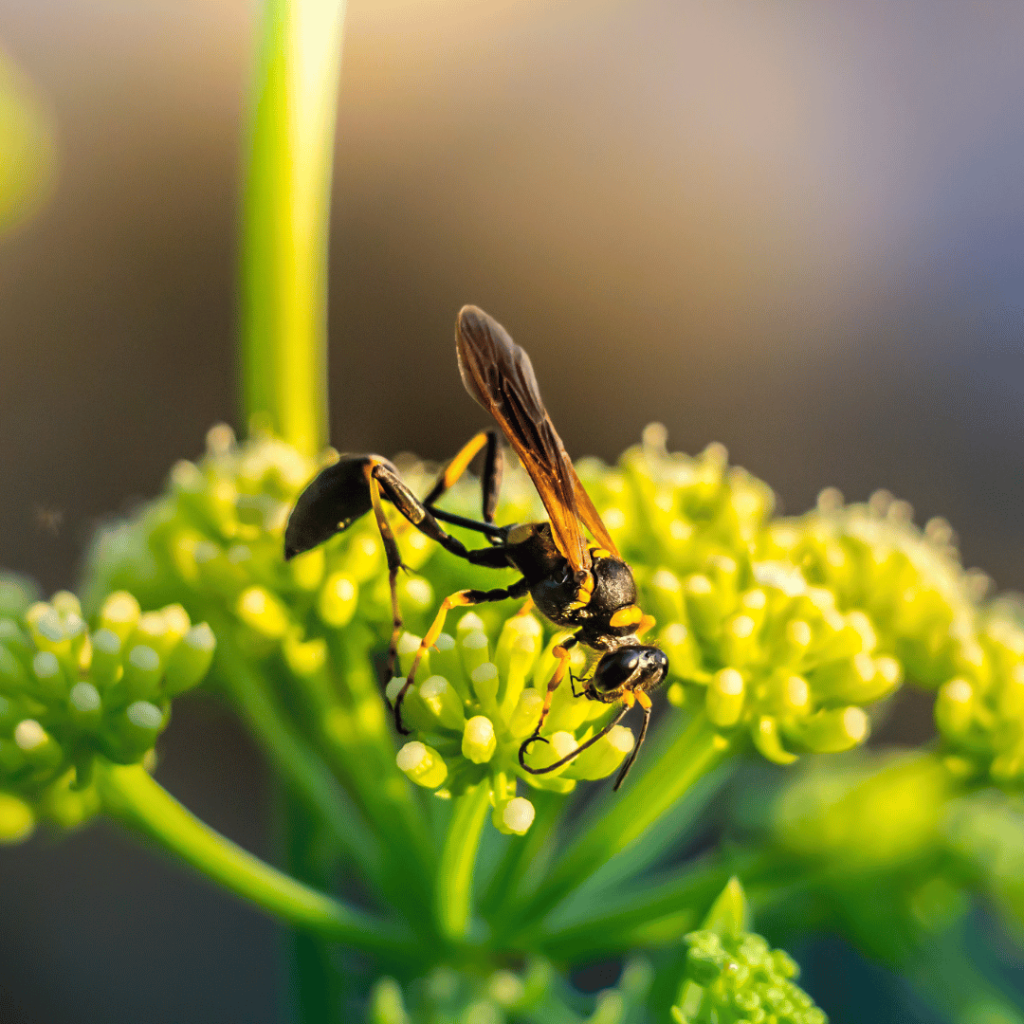
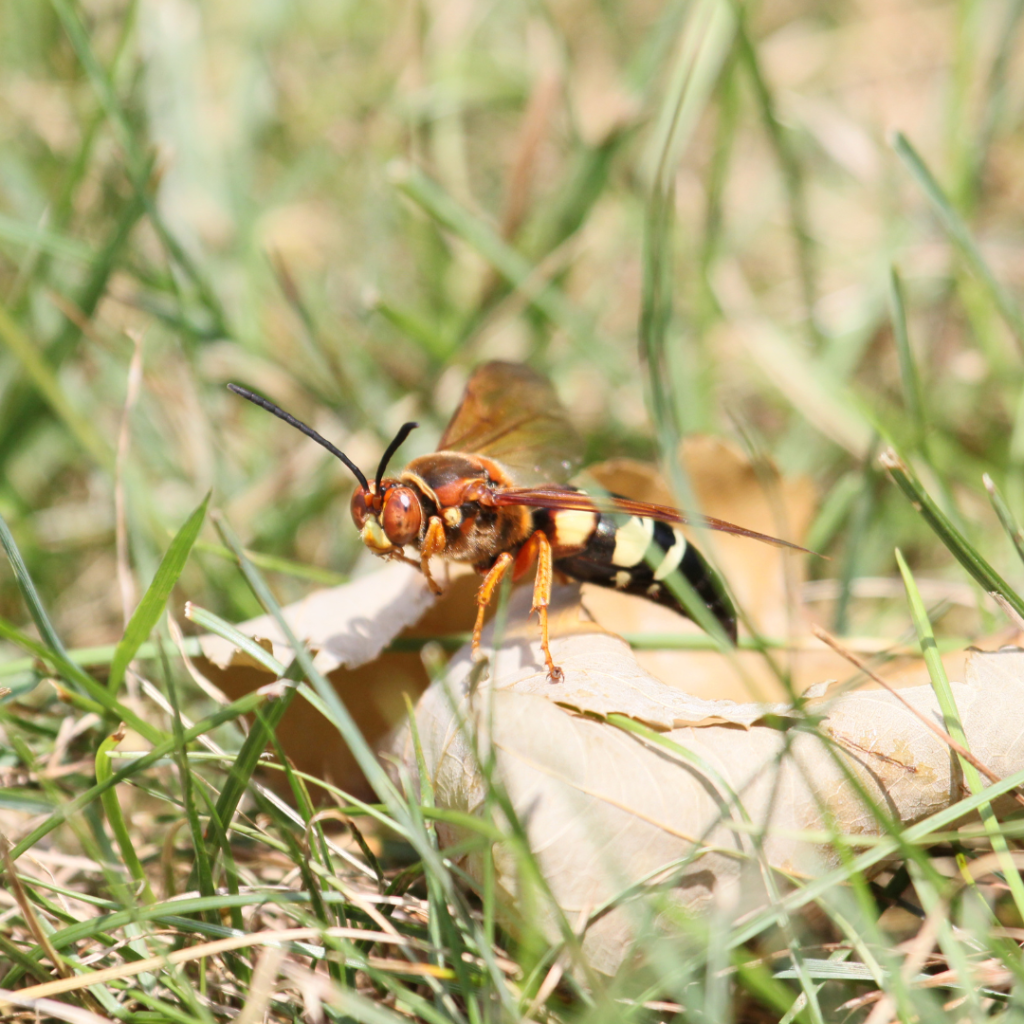
Foes
Even the wasps considered as foes do provide benefits. Bald-faced hornets will feed on yellow jackets, paper wasps assist in pollination and yellow jackets help to control flies. Benefits aside, there are wasps that can get a bit snarly when provoked. Snarly wasps are social wasps and will “fight” to protect the colony if threatened. It’s best to steer clear of social wasp nests. Also, rest easy knowing they cannot survive our winters and will be dead after a couple of hard frosts.
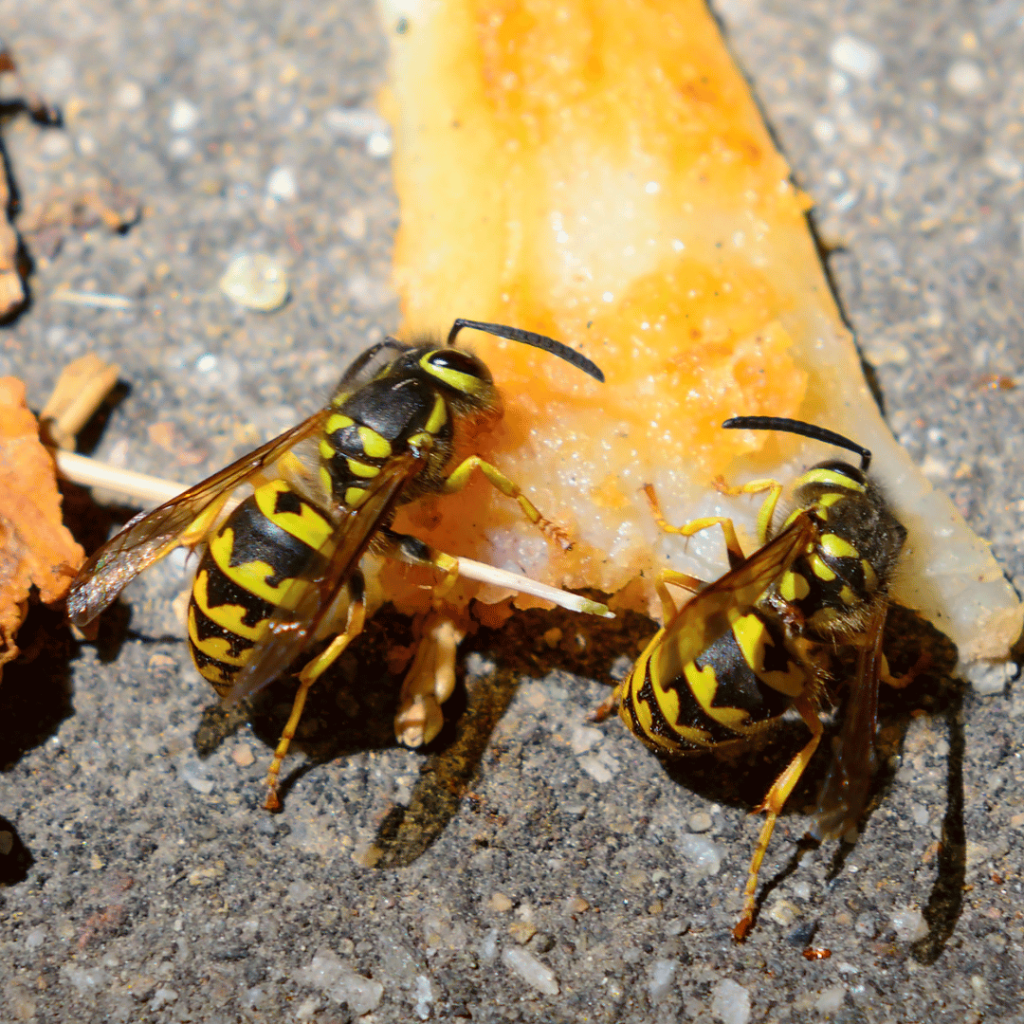
Picnic crasher, wants to drink your lemonade and eat your food, won’t leave you alone. Can be an annoying guest.
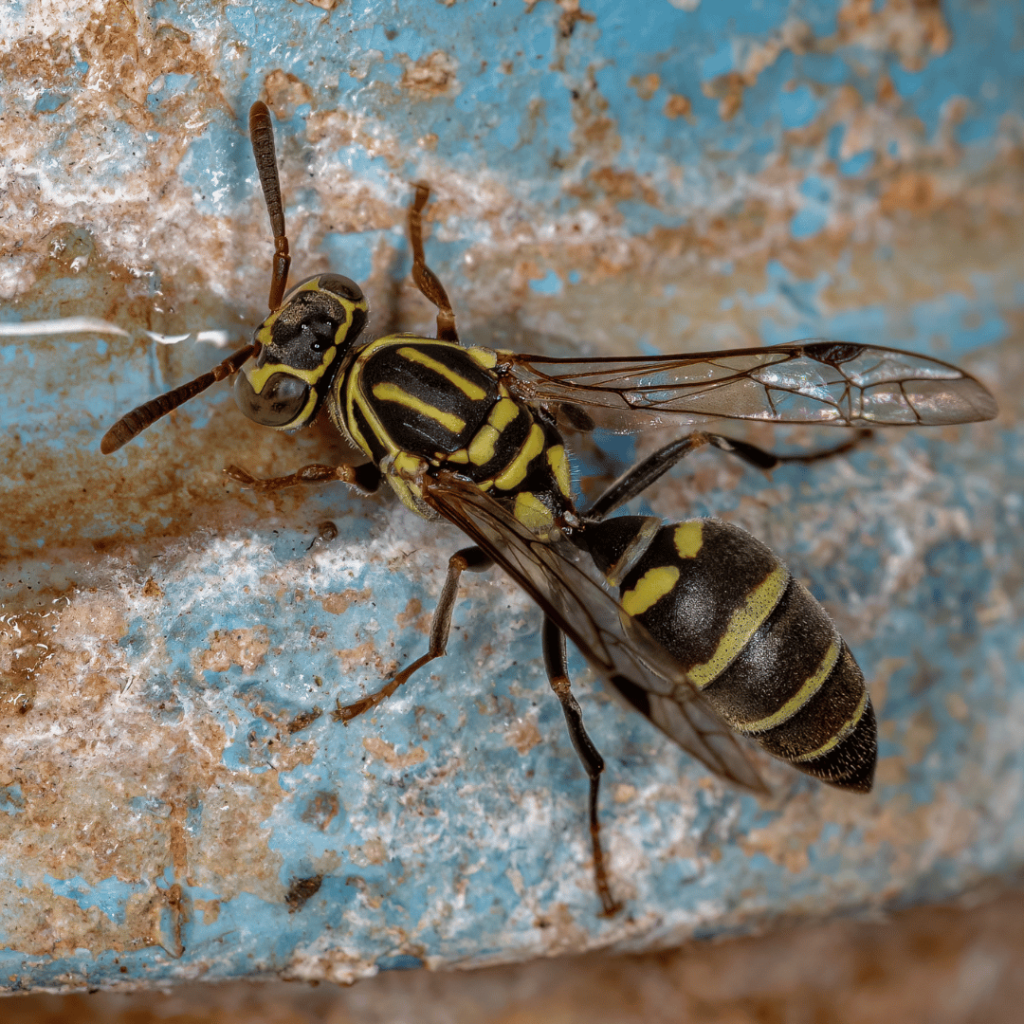
Skinnier than a yellow jacket and less aggressive but, will still invade your space and may sting you if you swat at it.
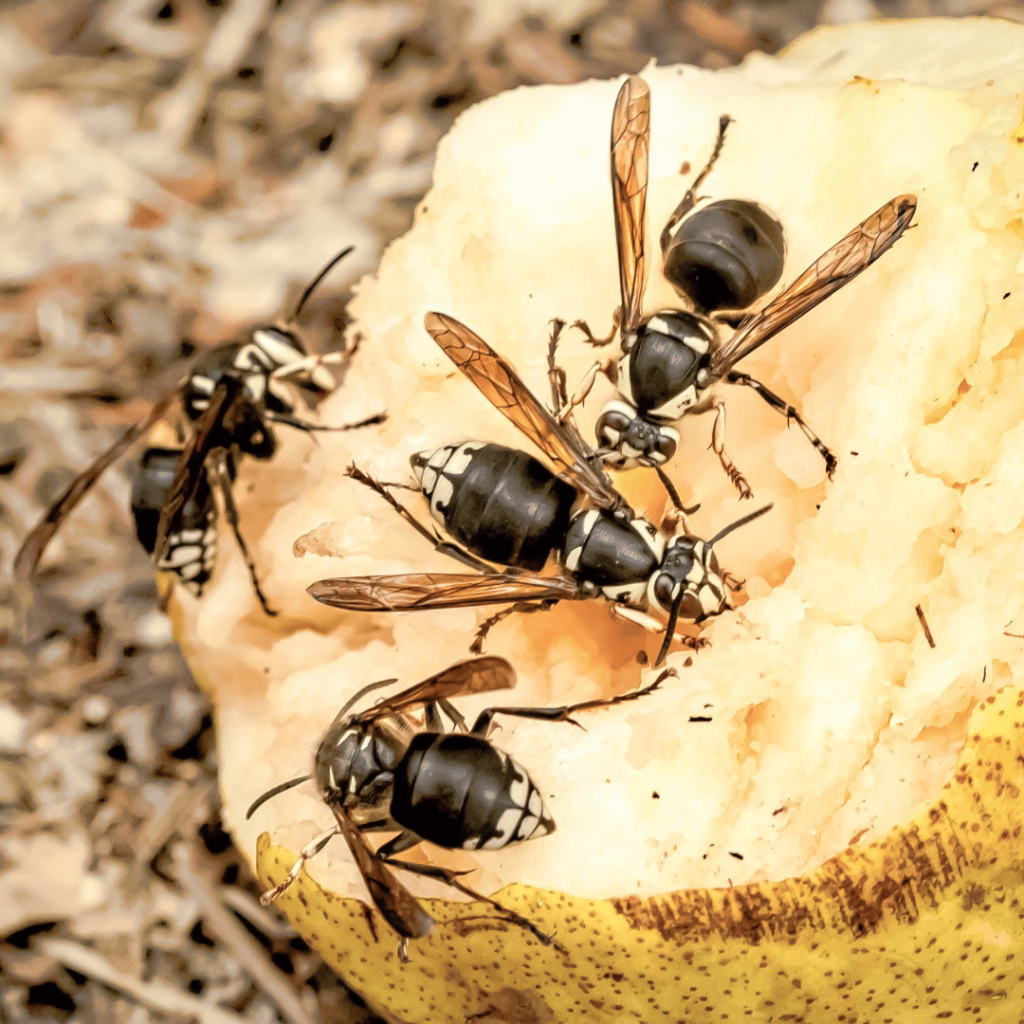
Aggressive protectors of their nest, will call friends for backup and sting multiple times. Best to stay out of their neighborhood.
Is it a Wasp or a Hornet?
All hornets are wasps but, not all wasps are hornets. The term hornet is used to define a large wasp. Yellow Jackets and Bald-faced “wasps” are considered hornets whereas a paper wasp being slightly smaller and skinnier, is just that, a paper wasp.
I’m a Bee NOT a Wasp
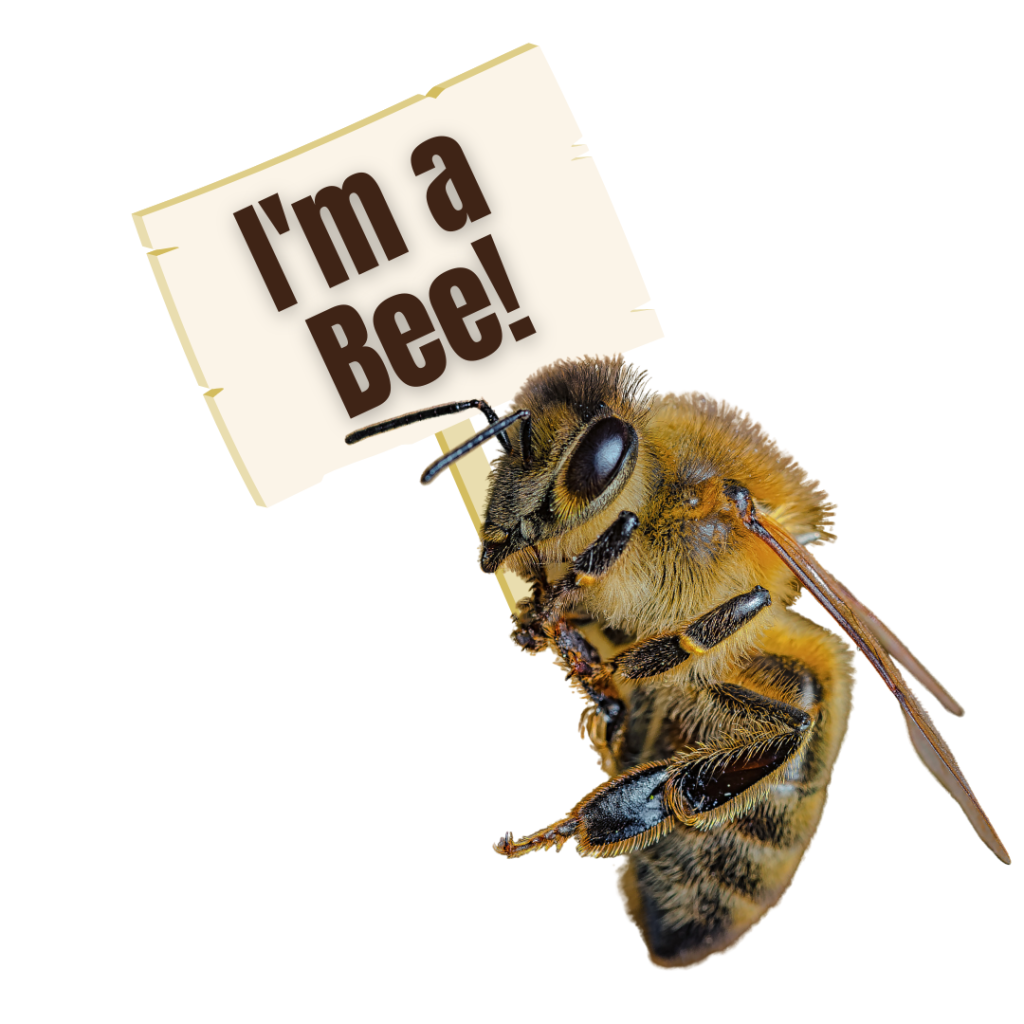
Bees often get misidentified as wasps. Many bees sport black and yellow coloring as do many wasps however, bees are thick and furry whereas most wasps are shiny with longer, skinnier bodies. Before bombing a potential bee’s nest with insecticide, ensure it’s not a bee. If a bee’s nest is present in your landscape that poses a risk (bee allergy) contact a bee removal specialist to remove the nest without harming the inhabitants. The University of Minnesota Bee Lab is a great resource to help properly identify bees and wasps.
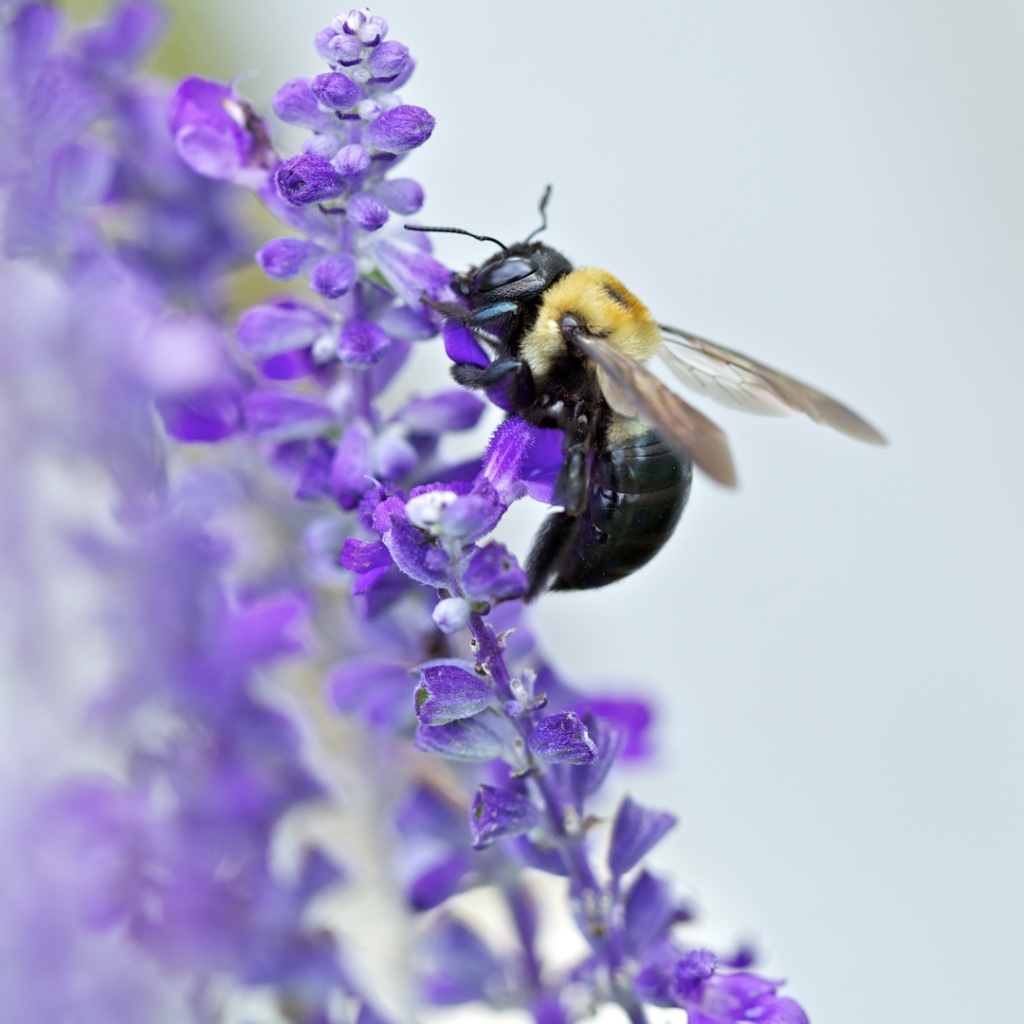
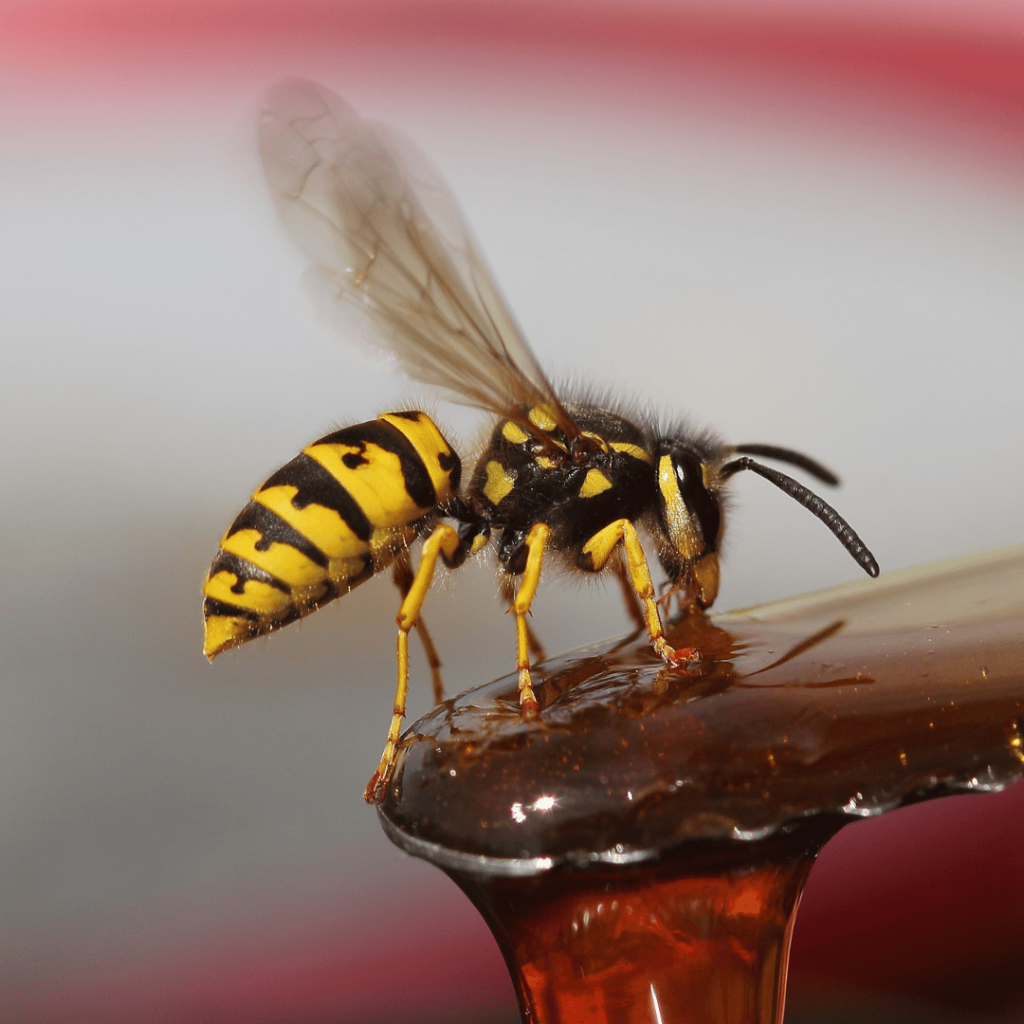
Appreciate the abundance of life in your landscape and respect, but fear not, those scary looking bugs.


